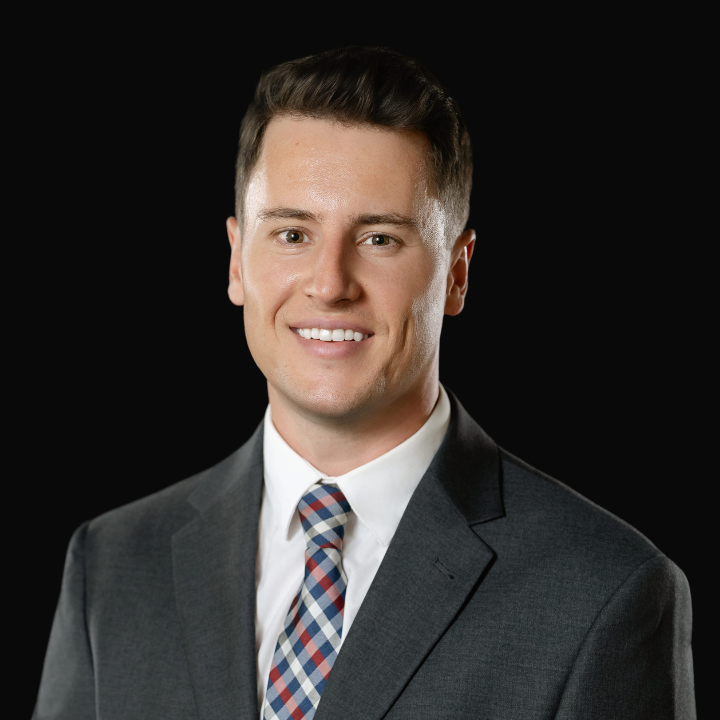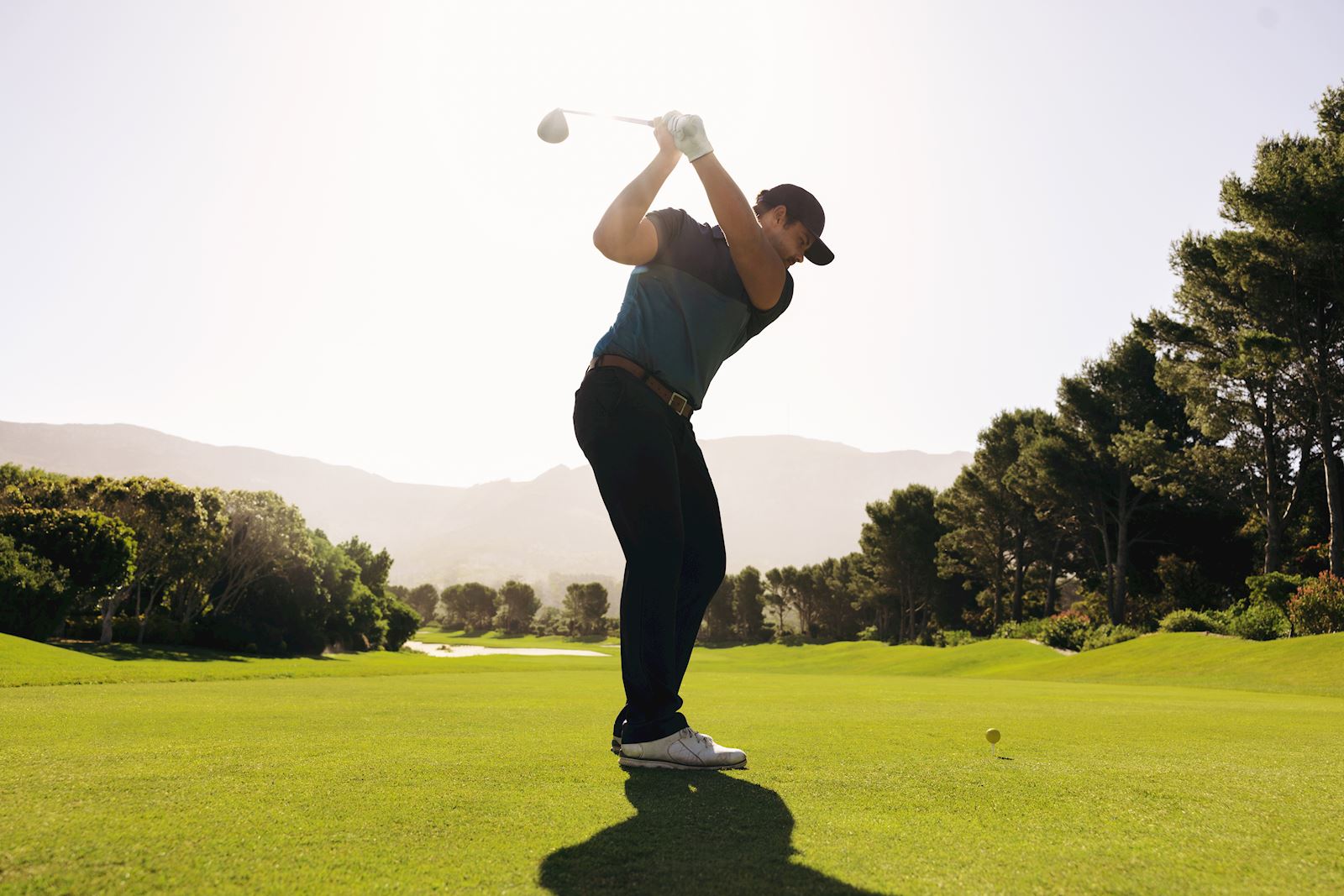Golf is more than a sport – it’s a test of precision, rhythm, and endurance. Every swing requires your body to move in perfect harmony. But over time, even the most seasoned golfers start to feel the toll.
“We see a lot of golfers who love the game but have started to feel limited by stiffness, pain, or loss of mobility,” says Sam Curtis, PT, a Titleist Performance Institute Certified physical therapist at The Iowa Clinic South Waukee. “They often assume it’s just part of getting older or playing for years, but most of the time, it’s something we can treat or improve.”
Whether it’s back pain, shoulder tightness, or difficulty making a full turn, your body plays a major role in your performance on the course. That’s where golf physical therapy comes in.
What is golf physical therapy?
Golf physical therapy is just as it sounds. Physical therapy for golfers. The goal is to help players move better, recover faster, and play the game they love with less pain.
“No two golfers are the same,” Sam explains. “We start with a movement assessment to identify your body’s specific strengths and limitations – how your hips rotate, how your spine moves, where your stability or flexibility might be off – and then build a plan that fits your swing and your goals.”
For some, that plan might focus on flexibility and mobility to achieve a smoother backswing. For others, it could involve strength training to improve power and control.
Even if you’re not injured, golf physical therapy can improve your performance and reduce your risk of future injury. A customized program may include:
- Mobility exercises to improve your range of motion
- Core and hip strengthening to support rotation and power
- Manual therapy to relieve stiffness and improve flexibility
- Posture and balance training to enhance swing mechanics
“A lot of golfers focus on lessons or equipment upgrades,” Sam says. “But if your body can’t move the way your coach is asking to you, you’ll always hit a ceiling. We bridge that gap, helping you move the way your swing demands.”
Move better, play better.
If you’ve developed pain during or after playing, golf physical therapy can help identify the root cause and get you back on the course safely. Whether it’s a low back issue, shoulder instability, or tightness from sitting too much during the week, a physical therapist can help find out what’s really driving the pain and create a plan to fix it.
Golf physical therapy isn’t about guaranteeing a lower handicap – it’s about helping you play comfortably and confidently for years to come.
“Our goal is to keep golfers healthy and enjoying the game they love,” Sam says. When you feel good, you move better. And when you move better, you play better.”
Considering golf physical therapy?
Whether you’re recovering from an injury, looking to improve your swing, or just want to feel better on and off the course, golf physical therapy could be the missing piece in your game plan. Schedule an appointment with a physical therapist to learn how a golf-specific assessment and plan can help you play your best – and stay that way.

